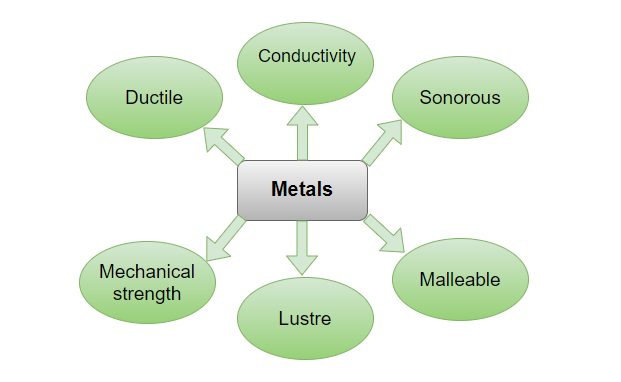‘Friction‘ is a force that resists motion of sliding or rolling of one object moving relative to another. It is a result of the electromagnetic attraction between the charged particles of two touching surfaces. Types of Friction Static Friction : It is defined as the frictional force that acts between the surfaces when they are at rest with respect to each other. The magnitude of the static force is equal in the opposite direction when a small amount of force is applied. When the force increases, at some point maximum static friction is reached. Rolling friction : It is the force that resists motion when an object rolls on a surface. Technically it’s not friction; its ‘rolling resistance’ since when a body rolls perfectly upon a surface, on paper, there is no sliding friction between that object and surface. Sliding friction : It is the frictional force between two surfaces that are rubbing against each other. It’s a very easy and common concept. It’s hard to find a perfectl...

Malleable : Metals can be hammered into thin sheets.
Ductile : They can be drawn into wires.
Lustre : They have a shiny appearance.
Sonorous : When we strike them, they make a ringing sound.
Conductivity : Metals are a good conductor of heat and electricity.
Mechanical Strength : It is the capacity or ability to withstand various loads without deformation or breaking.
Nice
ReplyDelete